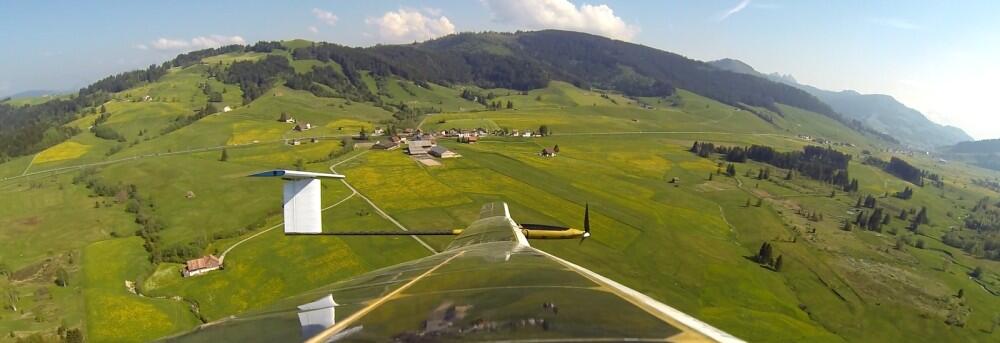The solar-power AtlanticSolar unmanned aircraft system (UAS) last month demonstrated its ability to assist in search-and-rescue (SAR) missions associated with the refugee crisis occurring in the Mediterranean.
A year after completing an 81-hour mission that established an endurance record for UAS under 110 pounds, the AtlantikSolar successfully demonstrated the first-ever fully-autonomous solar-powered perpetual flight with a significant payload. The aircraft carried a color and thermal camera during the simulated 26-hour SAR mission.
“The infrared camera proved to be a vital sensing tool,” said Philipp Oettershagen, research assistant at the Autonomous Systems Lab in Zurich, Switzerland. “While flying in total darkness, we could still use its images to easily detect the simulated victims that required help. We could identify and retrieve their exact GPS location via our data links and could then forward their location to first-response teams on the ground.”
Using solar-charged batteries, the AtlantikSolar was able to operate its thermal camera throughout the night to spot potential victims.
“In the end, after a full-night search-and-rescue mission, the aircraft had a remaining battery state of charge of 26 percent—and excellent result and the first time that a small-scale solar powered UAV has crossed the night with such significant sensing payload,” Oettershagen noted.
AtlantikSolar is a project of the aerial vehicles group at the Autonomous Systems Lab (ASL) in the Swiss Federal Institute of Technology Zurich. The lab is part of the Institute of Robotics and Intelligent Systems which creates robots and intelligent systems designed to autonomously operate in complex and diverse environments.
Oettershagen said the mission demonstrated AtlantikSolar’s capability to conduct large-scale disaster support and SAR missions—especially those designed to help locate refugees that are in trouble in the Mediterranean Sea
“These missions require a very large-scale and long-endurance aerial sensing and data distribution capability,” he said. “This is what motivated us to demonstrate the first-ever fully autonomous 26-hour search-and-rescue mission with a solar-powered UAV this year.”
Future flights planned for European research projects will include SAR and border protection flights along the coasts of Norway and Italy. Oettershagen said Italy’s coast is one of the hot spots of the unfolding European refugee crisis.
Next year, Oettershagen said the focus for the AtlantikSolar will be climate research. During the summer, the team plans to deploy AtlantikSolar on a six-week mission to Greenland to perform multi-day continuous aerial monitoring of the Arctic glaciers.
“The harsh climatic conditions will be a significant challenge and will require us to draw on all our experience in meteorology-aware trajectory planning for solar-powered UAVs,” Oettershagen said. “The fact that the sun never sets in the Arctic summer provides a significant operational advantage to solar-powered UAVs there.”
The goal is for AtlantikSolar to provide aerial imagery over thousands of kilometers above the glaciers and waters of the Atlantic Ocean.
“It will help our colleagues in glaciology to improve their understanding of glacier calving and will thus have contributed to the understanding of global climate change,” he said.
Source: UAS Magazine











